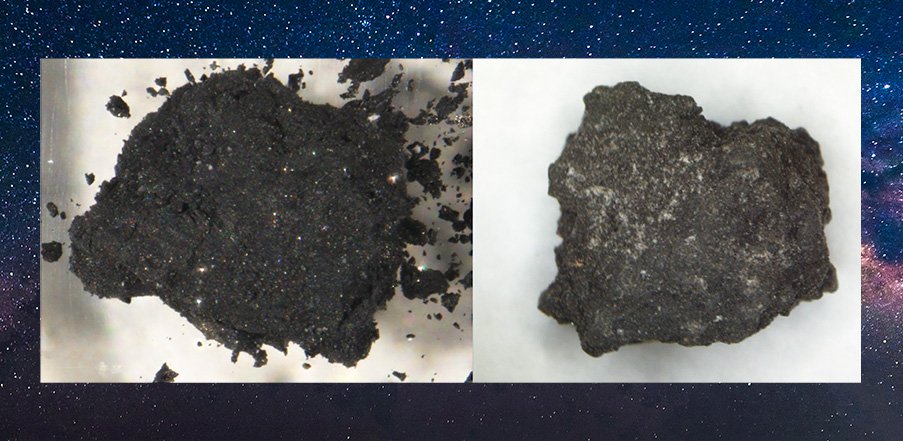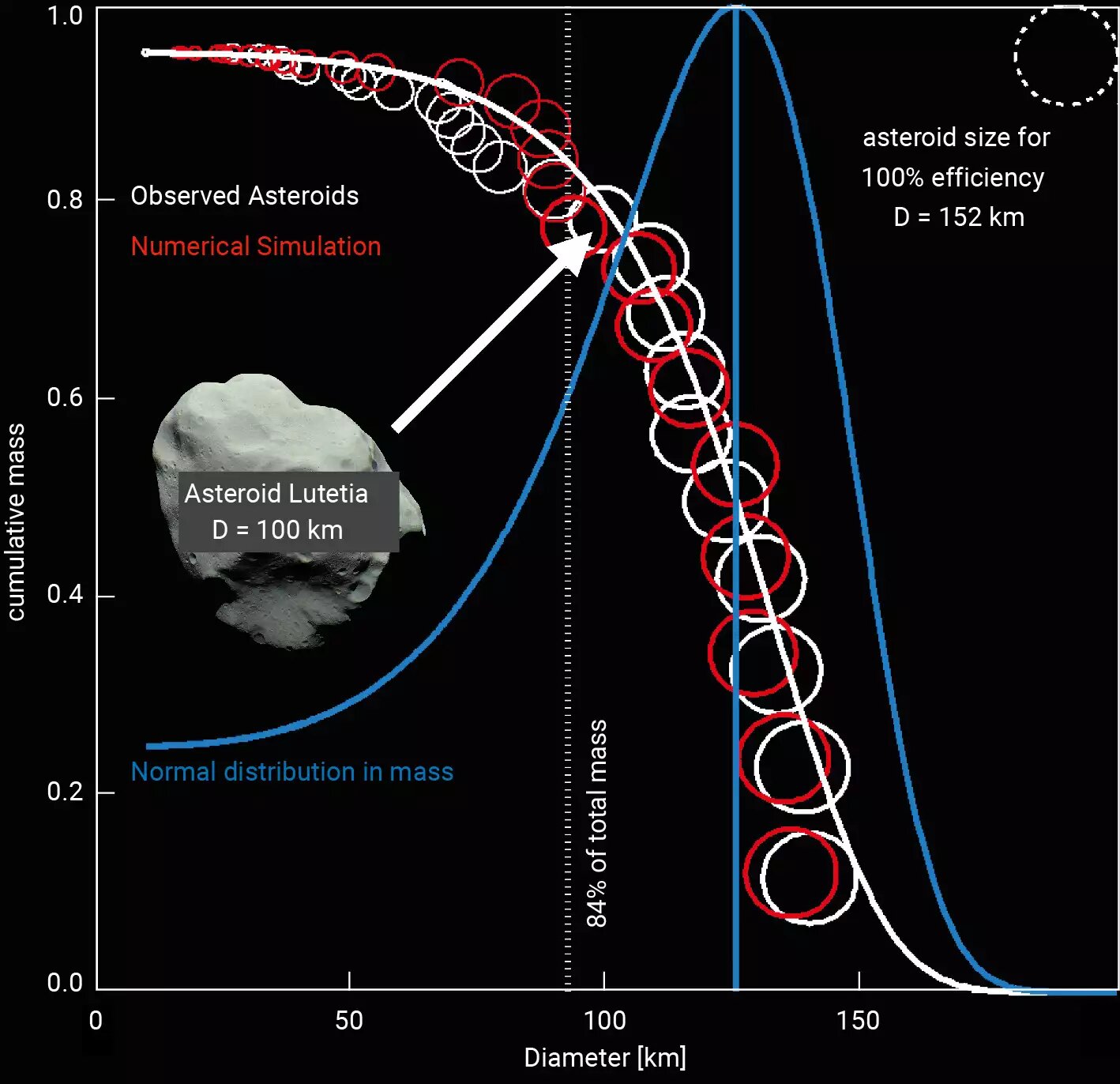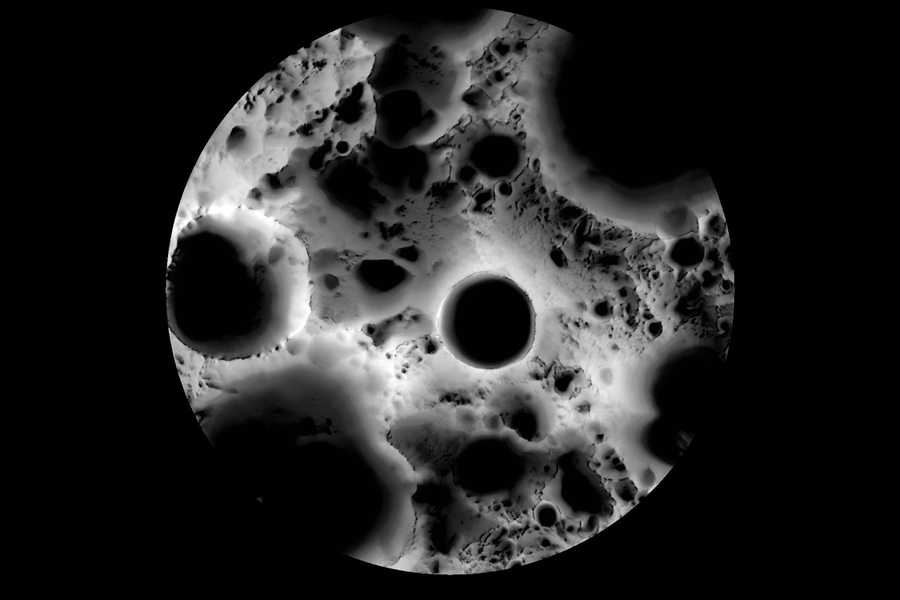
Credit: Pamela L Gay/PSI.
A rapid reshaping of orbits resulting from a close encounter with Jupiter or Saturn can lead Centaurs to exhibit comet-like activity, according to a Planetary Science Institute Senior Scientist Eva Lilly paper.
Centaurs are small bodies similar to asteroids in size but to comets in composition that revolve around the sun in the outer solar system, mainly between the orbits of Jupiter and Neptune.
“We have found some answers to the long-standing mystery of why some Centaurs became active like comets while the rest appear like regular quiet asteroids. Nobody knew why they behaved this way...
Read More







Recent Comments